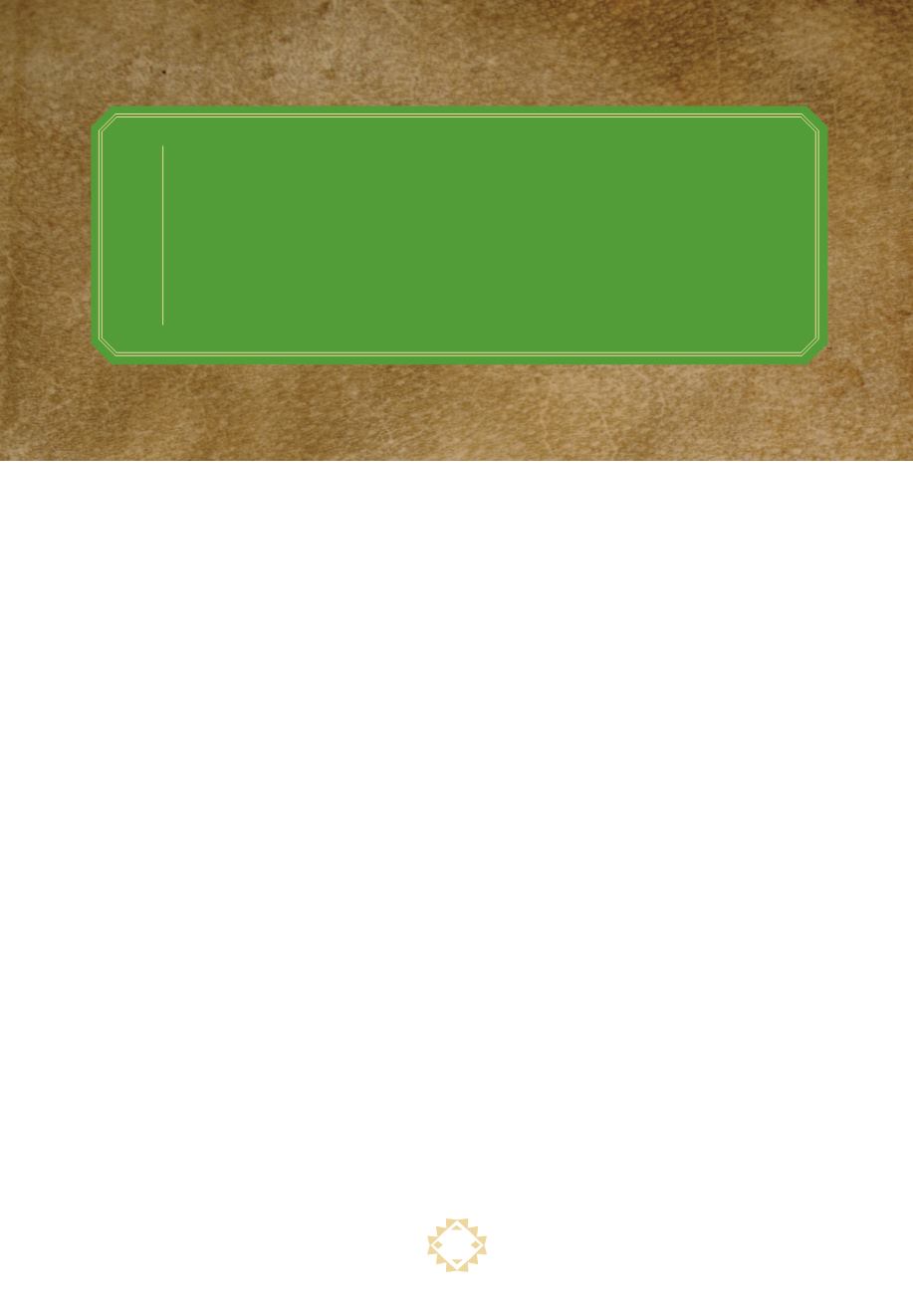
10 or more people.
On land, travel required the use of sleds pulled by people or
dogs. Sleds consisted of a platform made of wood or animal skins
attached to runners of wood or bone. The runners were covered
with water that froze to form a sleek surface that would slip across
the ice and snow.
Because few edible plants grew in the Arctic, the Inuit ate
mostly meat. “We Inupiat are meat eaters, not vegetarians,” said
Alaskan Inuk Jonah Tokienna. “We live off the sea mammals….
The Bering Sea and the Chukchi Sea are our gardens.” Sea mam-
mals—especially seals—were important to almost all coastal Inuit
bands. Some Inuit also took whales and walruses. Among land
animals, caribou were inland Inuit’s most important food source.
Freshwater fish also made up a significant portion of some bands’
diets. The Inuit often ate meat raw, although they also boiled it or
dipped it in sauces. Food to be stored for the winter was sun-dried
or frozen. The Inuit used every part of the animals they hunted.
Blubber was burned for light and heat; skins could be used to
make clothing, blankets, and boat covers;
SINEW
served as thread;
and bones and teeth were fashioned into a variety of tools.
P O L A R B E A R HUN T
Prized for both their meat and their fur,
nanuq
,
or polar bears, were pursued by only the bravest hunters. They were usually hunted
on sea ice in the dark of winter. Often, hunters sent their dogs to charge the bear first.
With the bear cornered, the hunter moved in close enough to kill it with a
HARPOON
or
spear. Afterward, the hunter ate a piece of the polar bear’s meat to show his respect for
the animal.
Being Inuit
13


